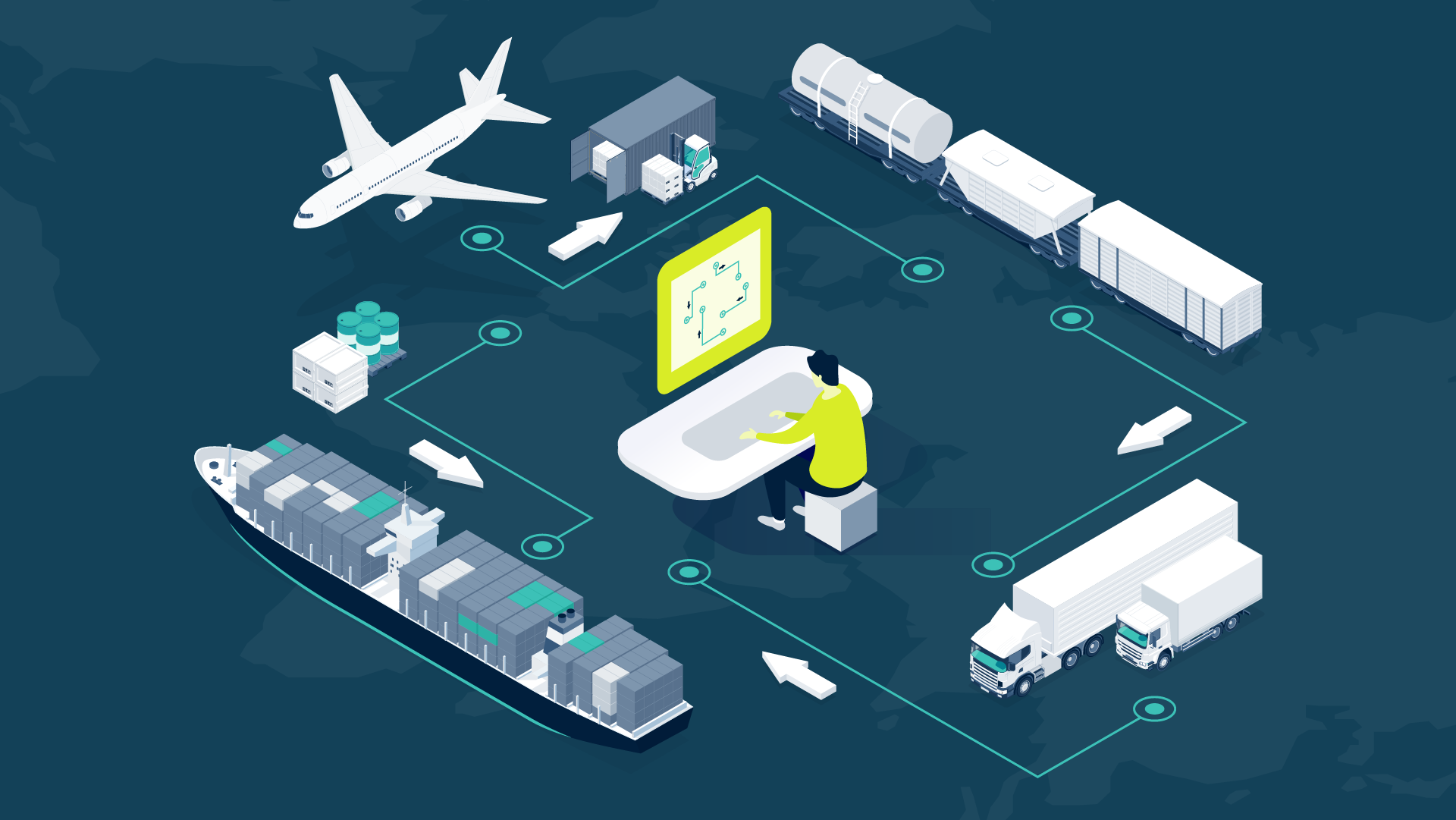
Companies have long been striving to boost productivity, aiming to maximize profits while adapting to a changing business landscape with fewer available resources. The ways of working within companies and organizations are challenged regularly as the world in which they operate changes too, including emerging competitors, evolving customer expectations, regulatory compliance needs, and the need for significant operational changes due to costs or unavailability of resources.
At the same time, new technology is increasing productivity—like Generative Artificial Intelligence and features like driver-assist systems in personal vehicles, which alleviate some of the mental burden on drivers.
We are seeing a growing trend of technology supporting individuals in various tasks. Initially, this support is more guided, like the driving assistant that helps you stay within your lane. Then, technology takes on more autonomous roles. A great example is the self-driving car.
The pattern of autonomy begins with simple tasks, like robotic vacuum cleaners, then progresses into more critical areas of life, like car/mobility, until we finally see more valuable use cases involving the integration of autonomous technology in both business and private life.
So, when will this pattern of increasing autonomy extend to Business Process Management (BPM), and what will its impact be? Will it be a groundbreaking revolution or a gradual evolution? Every transformative journey begins with a single step. Let’s first examine the current state of BPM.
1. Pathways: The core foundation of business processes
Business processes are key to an organization, defining how value is created for both internal and external customers. When processes are not explicitly defined, people tend to create ad hoc processes as needed, leading to inefficiencies and chaos. Think of processes as pathways—predefined routes that allow organizations to scale efficiently. These pathways ensure that solutions are standardized for various situations and participants.
For example, when a customer calls your hotline, the call center agent does not ask random questions. Instead, the process is carefully defined, documented, and supported with the necessary knowledge. This process provides clear instructions for your employees, much like paving the way for them to follow.
2. Guidelines: Necessary for order
Imagine a sports championship without any rules; How would you determine the winner? Competing in a world without guidelines would be very challenging.
Similarly, just as pathways have guard rails and rules about littering that are supposed to regulate behavior, and streets have speed limits, companies and organizations establish policies and requirements to ensure order and compliance. In many industries—especially highly regulated ones like healthcare or banking—adhering to these rules is mission-critical, and companies must follow the rules and report on compliance.
In BPM, policies and guidelines are directly linked to the critical business processes, and sensors linked to the processes monitor compliance issues.
3. Education: Continuous learning
Learning how to drive is not a one-time occurrence. Sure, a driver may need to learn the rules of the road, but every time that driver gets behind the wheel and engages in the practice of driving, he or she is continuously learning. Similarly, when new employees onboard, they initially learn about the processes, policies, and systems related to the expected ways of working.
But in a dynamic world, change is constant, and employees must continuously be informed about changes in the organization’s procedures. It’s crucial that employees don’t spend a (work) lifetime discovering these changes on their own.
4. Feedback loop: Data-driven adjustments
Without data on performance and deviations, it is hard to adjust the course of action. In a car, drivers receive real-time information about speed and progress via GPS. In organizations, feedback loops provide leaders with insights into (1) output, (2) input, and (3) the processes that transform input into output.
Much like a car warns you when you’re driving too fast, organizations implement preventive actions, gathering information during process runtime to prevent issues like overspending, non-compliance, or inefficiencies.
5. Predictions: Planning ahead
With technology, we can plan our future, whether it’s predicting traffic conditions or simulating plans before execution. Technology offers real-time assistance during the journey, such as warning of upcoming traffic jams and suggesting alternatives. This broader perspective, exemplified by augmented indicators that highlight improperly executed processes, is invaluable for a company’s target operational model. And when process mining-based performance and compliance data is integrated into process standards, the positive effect is amplified even further.
6. Autonomous BPM: The future of process management
Imagine a “Tesla” of BPM, just around the corner.
Business processes, as the outcomes of BPM activities, will become increasingly self-contained and self-regulated. These dimensions of process autonomy will emerge:
The process itself
Processes will actively self-regulate, informing and even preventing violations using Machine Learning (ML)/AI capabilities. While this is already a reality in some areas like banking, finance, and procurement, it remains a dream in many others. Processes will operate flexibly within the boundaries defined by the organization.
The process factory
Process management will evolve from (1) manual to (2) tech-guided to (3) autonomous and (partly) run by tech. Automation, such as Process and Task Mining and Generative AI will enhance BPM tasks, acting as a companion that will make BPM professionals more productive.
Will Autonomous BPM replace humans?
Autonomy will likely spread throughout the practice of BPM more profoundly due to market dynamics and the emergence of new technologies. However, this doesn’t mean machines will replace humans entirely. Technology can solve problems and enhance value creation, but human judgement, creativity, and data gathering will remain essential for building the process factory of tomorrow’s autonomous processes and process management.
In conclusion, Business Process Management is poised for transformation in the coming years, driven by technological advancements. While technology will play a significant role, human expertise and adaptability will remain integral to the BPM landscape.






